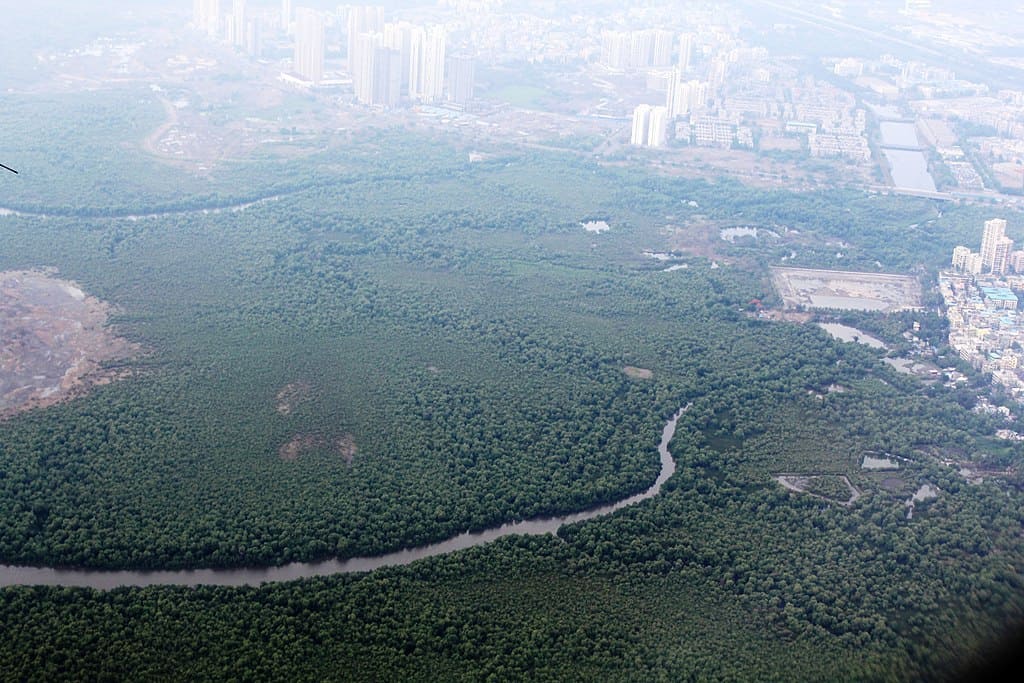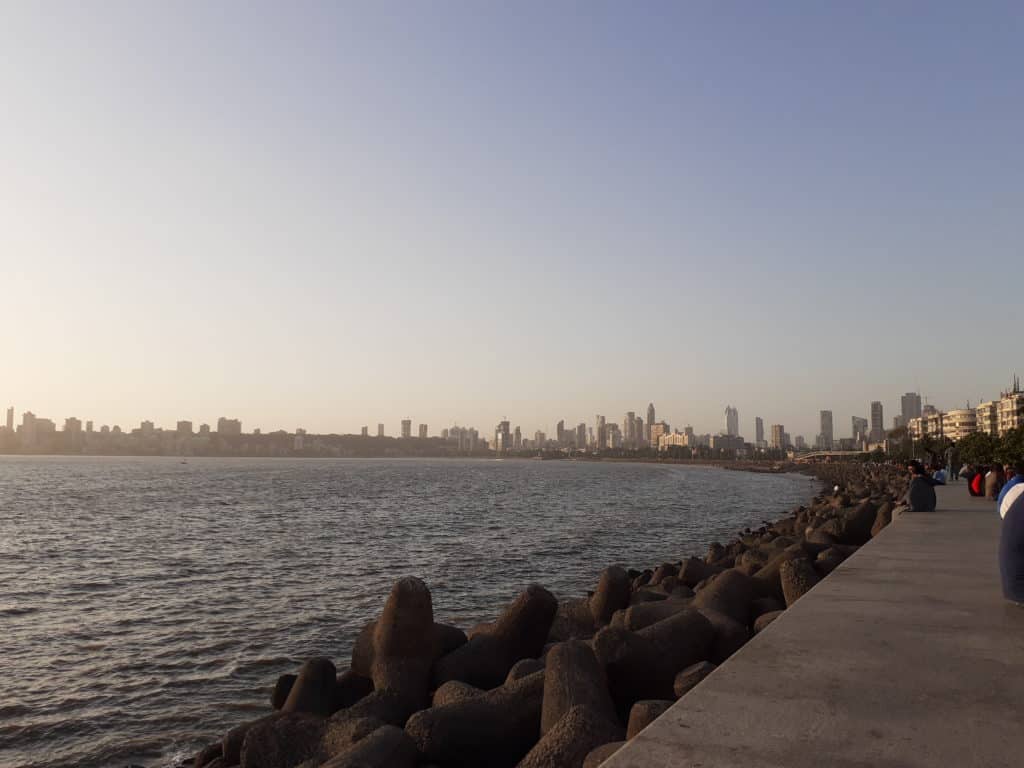In July 2003, I stepped out of Dadar station for the first time with two big bags worth of belongings, starry eyes and dreams of adventures. My heart sank when I saw the crowd of people buzzing around like there was some emergency. Did I land in Mumbai in the middle of a calamity? But soon, I realised this was the way of life here.
Growing up in laid-back Pune, where people believed that afternoon naps were an important part of their existence, my first impression of Mumbai was ‘what the hell is going on’.
Soon I learnt that this city would change my life in a way that I had never imagined.
When I completed my master’s degree in mass communication in Pune, joining the media industry in Mumbai was a natural course of action.
Though the distance between Pune and Mumbai was just 150 km, the cities were at the opposite ends of the spectrum. Pune was slow, Mumbai was fast. Pune was smaller, Mumbai was larger-than-life. Pune was sleepy, Mumbai never slept.
Mumbai was an easy and difficult place to live in at the same time.

Mumbai’s idea of time and space
When I went looking for houses to stay in, I realised that house meant a place with small bathrooms, no balcony and few windows here and there as compared to the space I took for granted in Pune. Commuting meant getting pushed inside and outside of a local train and getting stuck in traffic jams and making sure that you left your house more than an hour in advance to reach anywhere on time.
In Pune I got around from end to end on my scooter in twenty minutes. In case I had to ride for more than twenty minutes, I didn’t.
In Mumbai, the definition of space and time completely changed. Space was a place where I could comfortably sleep at night and time was something that I had to budget.
After living with roommates for a few years, when I began living by myself, I experienced the city in very different ways. I found a cozy place for myself with big open windows which opened out to the sky. They helped in creating the illusion that the house was not so small after all. I created small corners for myself, a reading corner, a painting corner, a sleeping corner, and a just do-nothing corner.
Mumbai taught me to be creative with space.
This Maximum City has a constant high energy vibe, people are always up to something, they go behind their dreams with all they have and a little more. Nothing stops them. And that is contagious if you are a dreamer yourself.
Mumbai taught me to dream big and be relentless at it.
It was not always like this. Initially, Mumbai intimidated me. For someone who liked peace and tranquillity, I was right in the middle of chaos. Gradually, the chaos started growing on me. I found a rhythm in such chaos.
Daily routine that people in other cities take for granted needs to be planned in Mumbai. I learnt how to plan my day, how to travel on a local train and yet managed to find quiet time at the end of the day.
My job had long unpredictable hours, sometimes going into midnight. In Pune, the unsaid curfew time for me was 10PM but life in Mumbai did not heed to the clock. Coming home after midnight was no big deal as the city was always in action and so it always felt safe.
Migrant city
After spending a few months looking for a job, when I finally found one, I realised the difference between a city made of migrants and one that was mostly non-migrant. People in Mumbai worked hard to follow their dreams and earn a good living as they had come from different cities just as I had. In Pune, many valued the ease of living a good life and were comfortably living in a place where their forefathers too had once lived.
People are all heart in this city. Strangers have gone out of their way to help me and have touched my heart with kindness.
One day, when there was an autorickshaw strike. All the buses were crammed with people, so after waiting for an hour for a bus, I finally decided to start walking home with two heavy bags. A stranger on a motorcycle who saw my plight stopped and asked me if he could drop me somewhere. When he dropped me home, I asked him if I could offer him some tea or water, he smiled and said no and simply rode away.
Such incidents are a daily occurrence in Mumbai, where survival is dependent on helping others.
I saw a reflection of kindness everywhere in the city.

Sea and the city
The biggest advantage that Mumbai has is the sea beside it. Marine Drive is my favourite spot in the city. I sit there until late in the night when it still buzzes with people who have their own quiet corners and are sharing their stories with the sea. Moving to Mumbai was the beginning of my relationship with the sea.
It is easy to be happy with a small piece of the sea for yourself.
After living in Mumbai for more than 15 years, I can say that the city has played a huge part in shaping this independent, courageous, dreamer that I have become.
I have seamlessly merged with the chaotic crowd that I was once wary of.
Also read:
One of the most relatable post of today.. made me smile like for good .. Mumbai sure has some magic about it ..and it did help me turn into an independent woman who isn’t afraid to dream and achieve her dreams ..